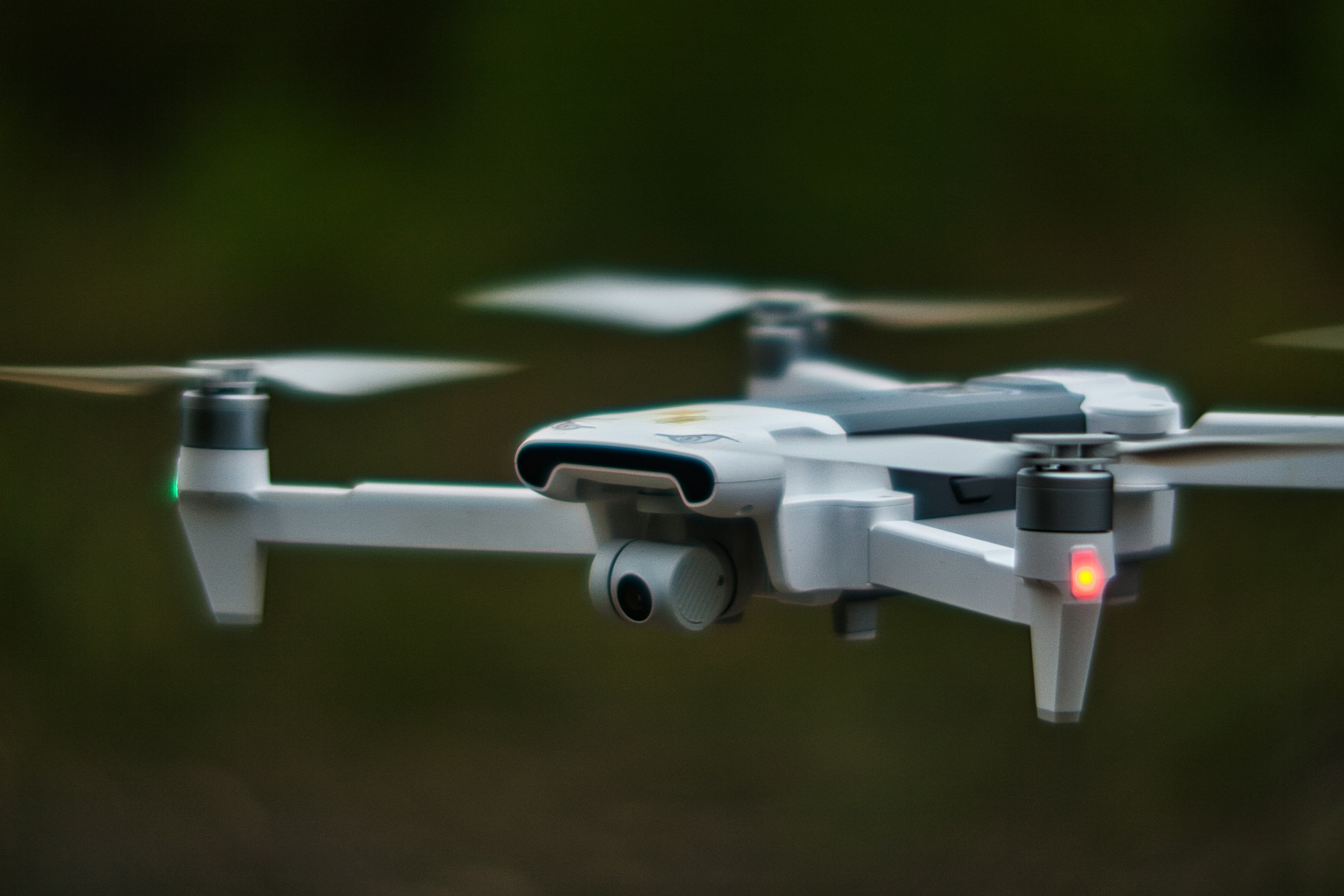Stress Engineer
Whiteley | Permanent | Full-Time
Our client, a leading organisation in the aerospace sector, is seeking a dedicated Stress Engineer to join their growing team in Fareham. This role plays a vital part in ensuring the structural integrity, durability, and safety of advanced UAV systems, working closely with cross-functional teams to support analysis, testing, and certification.
About the Role
As a Stress Engineer, you'll take ownership of structural analysis activities, assessing composite and metallic structures, performing vibration and modal analyses, and supporting certification through clear, accurate documentation. Working alongside design, test, and flight evaluation teams, you'll help shape robust, reliable, and lightweight solutions for next-generation aerospace platforms.
Key Responsibilities
Structural Analysis
Perform structural calculations and finite element analysis (FEA) to assess strength, stiffness, and fatigue life.
Evaluate composite, metallic, and hybrid structures to support lightweight, durable design solutions.
Produce stress reports, compliance documentation, and supporting evidence for certification.Vibration & Modal Analysis
Conduct modal analyses to predict natural frequencies, mode shapes, and dynamic behaviour.
Carry out vibration analyses (harmonic, random, transient) to evaluate operational loading conditions.
Define vibration test requirements and correlate analytical results with test data.
Support the identification and mitigation of vibration-related risks such as resonance and fatigue.Integration & Collaboration
Partner with mechanical design teams to optimise structures for weight, manufacturability, and performance.
Work with Test and Flight Evaluation teams to plan test campaigns, interpret data, and validate models.
Provide clear feedback and recommendations to influence design decisions.Documentation & Compliance
Produce high-quality, traceable analysis documentation for design reviews and airworthiness.
Ensure compliance with relevant aerospace standards and customer requirements.
Contribute to improving tools, methods, and processes within the stress analysis function.Requirements
Experience performing finite element analysis (FEA).
Strong understanding of structural analysis and stress principles in the aerospace sector.
Proficiency in vibration and modal analysis techniques.
Knowledge of composite and metallic materials and failure modes.
Excellent analytical thinking and problem-solving skills.
High attention to detail and strong documentation abilities.
Collaborative approach, able to work effectively across engineering teams.
Degree in Aerospace, Mechanical, Structural Engineering, or equivalent.Benefits
Opportunity to work on cutting-edge UAV technologies
Ongoing professional development and training
A collaborative, innovative engineering environment
25 days + bank holidaysIf you're a highly skilled Stress Engineer looking to make an impact in a forward-thinking aerospace team, we'd love to hear from you. Apply now to join our client's dynamic organisation in Fareham


